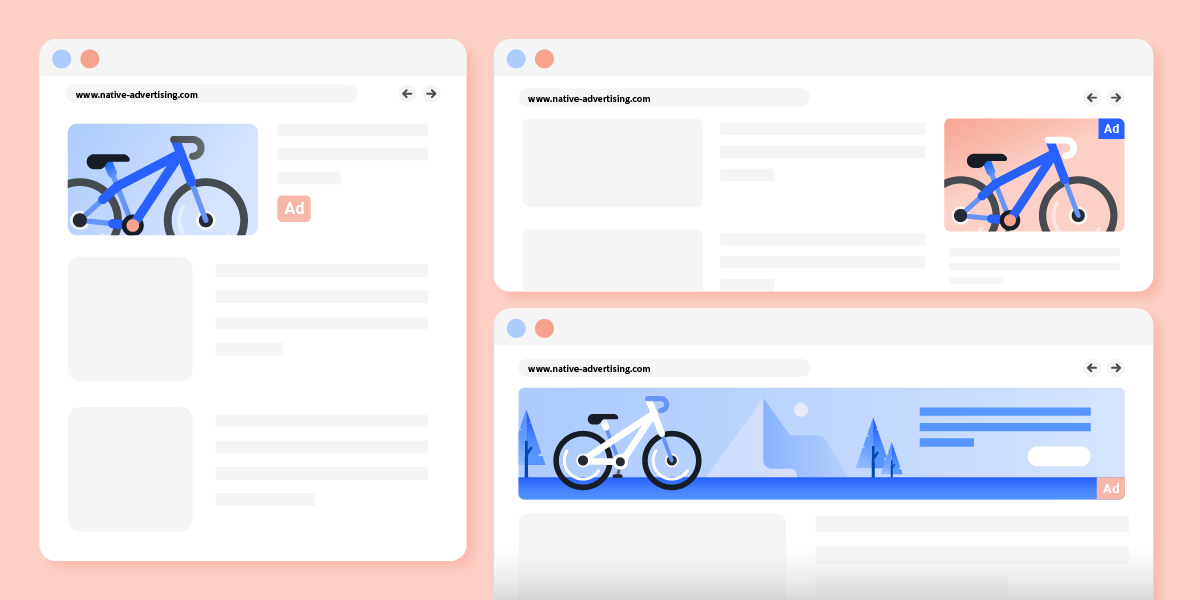The marketing and advertising industry is notorious for inventing new acronyms and terms du jour. Some of them grow into behemoths like content marketing, while others, such as interstitial native, have an embarrassingly short life span.
In Mythbusters’ fashion, today our marketing team at StackAdapt is going to dissect a recently surfaced term, content advertising to see where it came from, what it is made of and if it has any right to remain part of our marketing lingo in the year 2015.
Not necessarily a portmanteau, the term is crafted by putting together ‘content marketing’ and ‘advertising’:
Advertising
Advertising is described as a form of non-personal promotion. It’s about communicating value proposition of a product or service at scale. Historically, it’s been a one-way communication.
Content Marketing
I am sure at this point you have read the Content Marketing Institute’s definition: Content marketing is a strategic marketing approach focused on creating and distributing valuable, relevant, and consistent content to attract and retain a clearly-defined audience—and, ultimately, to drive profitable customer action. Content marketing is about connecting with consumers without selling to them. It is about delivering educational, entertaining and always value-adding content to consumers to enrich their web browsing experience.
Because content marketing is fundamentally about delivering value through content (education, entertainment, inspiration), it is particularly successful in this day and age because of the wide adoption of social networks. Without social networks, it is hard to imagine content going viral the way it does now.
Consumers’ ability to have a two-way dialogue through sharing content gave marketers a tremendous opportunity to leverage organic social and search traffic to have their content discovered by consumers. However, due to over saturation of the web with brand and user generated content, it has been becoming harder and harder to break through to reach consumers leveraging only organic channels. If you have a Facebook page, you may have noticed a fairly recent addition of a ‘Boost’ feature to quickly add more exposure to your content for additional exposure.
Content Advertising
Content advertising is rarely written about, and what is written, is often outdated. Content advertising is not text ads. We define it as:
Content advertising is a marketing strategy to produce value-adding content with a primary function of distributing it through a paid channel.
Naturally, content advertising (overarching strategy) and native advertising (distribution channel) go hand-in-hand. While all content will likely go up on the brand blog or content hub and be shared on social media networks, the production of content that is used for paid distribution can be done differently.
Content produced with SEO in mind can largely leverage existing or potential keyword search opportunities. Content produced with social media networks in mind can be designed to be shareable and thus be largely visual and ‘snack-able.’
Content produced with the sole purpose of paid distribution can bring up topics that aren’t actively searched by people, or very shareable, but that can be very impactful. It gives brands an opportunity to deliver personable content to people without conforming to rules of search or social to have it discovered. It can truly focus on the end-goal—having an impact.





